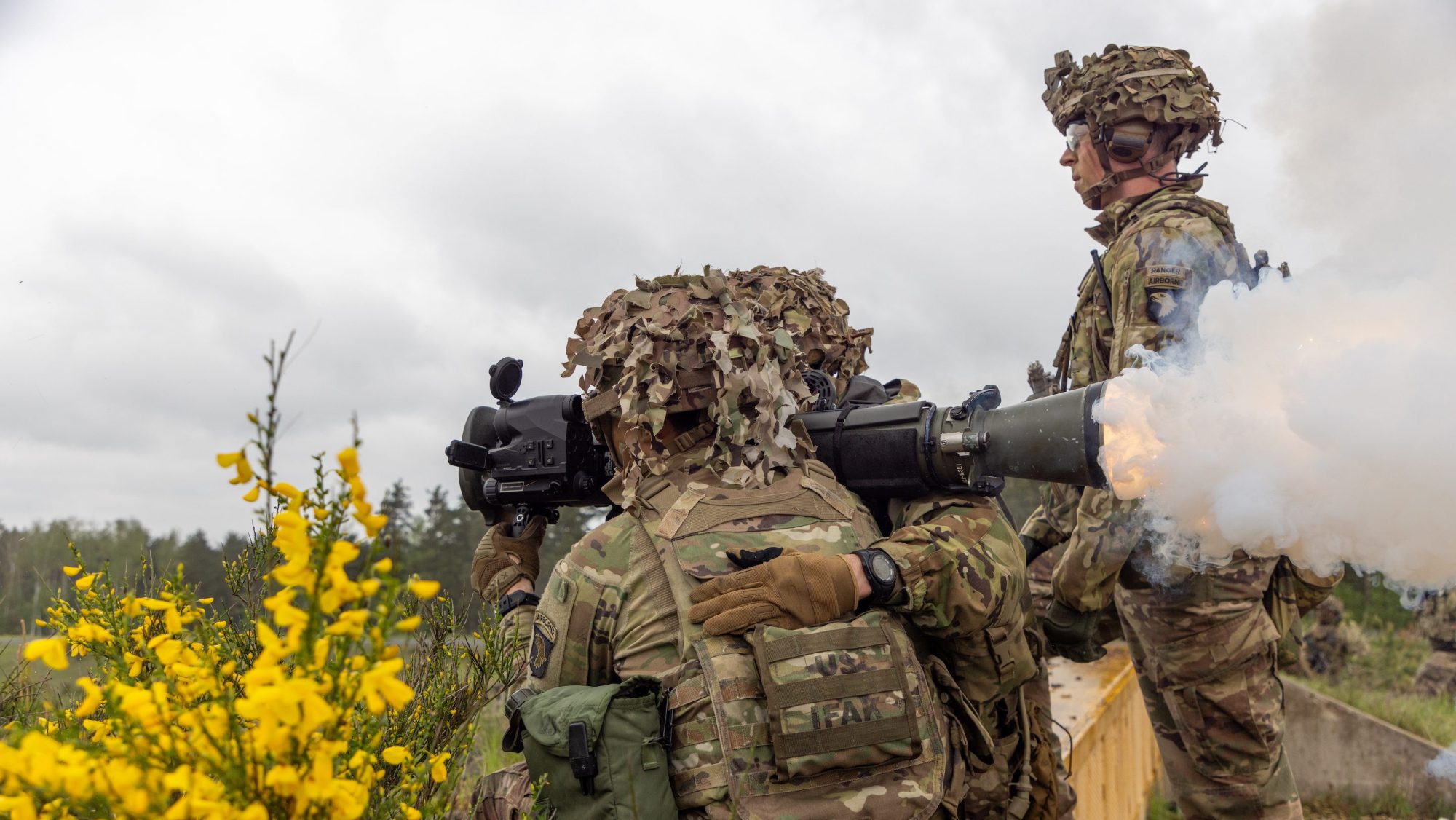

Those who signed up during the Global War on Terrorism era joined a military at war, and for the soldiers who entered the Army’s ranks, particularly at the height of Iraq and Afghanistan, downrange deployments were likely, if not certain.
For soldiers today, the future is less set and the type of combat they could face is equally unknown, said Maj. Gen. Brett Sylvia, the commanding general of the 101st Airborne Division, based out of Fort Campbell, Kentucky.
“In the 2001 time period we joined, kind of, we always knew what we were doing,” Sylvia told Task & Purpose. “You were going to train for a year, deploy for a year, and, kind of, our future was always written. Whereas now we are training for very uncertain times and modernizing to be relevant on what we are seeing [on] the modern battlefield when we look at the conflicts that are taking place globally.”
For two decades, the Army was focused on counter-terrorism missions during conflict in the Middle East and South Asia, but now the military is preparing for large-scale combat operations, he said.
As part of the transition, the Army is putting new and emerging technology directly into the hands of soldiers to train for realistic combat scenarios based on the tactics being employed in ongoing global conflicts. The thinking is part of an initiative called Transform in Contact, led by Chief of Staff Gen. Randy George, which focuses on using new technology into training early on to see how it can be incorporated into operations before committing to buying new devices and gadgets that will be around for years.
Sylvia spoke to Task & Purpose at a media event on Friday in Arlington, Virginia, ahead of the 2024 Army Game. In August, Task & Purpose had a chance to talk with Sylvia and other 101st leaders during the 2nd Brigade’s rotation at the Joint Readiness Training Center where soldiers tested out the new concept.
“For me and the 30 years I’ve been serving, this is perhaps the most exciting and most promising modernization effort that we’ve ever been a part of,” he said Friday, in reference to the unit’s role in the new effort.
During the August training exercise, one of the Army’s new mobile brigade combat teams flew drones, tested jamming technology and trained on electronic warfare strategies inspired by the modern-day battlefields in Ukraine and the Middle East. At the JRTC, combat teams practiced fighting in lighter and leaner formations than the Army did during the wars in Iraq and Afghanistan, which were very division-centric.
Infantry brigade combat teams have been made up of just over 4,300 soldiers but with the new strategy, the Army is reducing it to 3,000 soldiers and prioritizing “new forms of mass,” with drones and other autonomous systems.
The concept is also based on observations in Ukraine about visibility on the battlefield and on the electromagnetic spectrum. This means that soldiers have to be mindful of their personal technology like phones and devices as simple as an electric razor, giving away their unit’s position to the enemy.
The initiative is also based around modern technology’s high rate of change which in turn impacts the unit’s training and means change is happening more often.
“This division has done so much since February, when we started this transformation in contact journey and it’s a different looking division today than it was 10, 11, months ago,” he said.
The latest on Task & Purpose
- A push to cut veterans disability benefits is gaining traction, experts warn
- A judge ordered the VA to build thousands of new veterans housing units in Los Angeles. An appeals court halted it
- Sailors on USS Carney recall tense night of combat in fierce Red Sea fight
- To build a runway for the new stealth bomber, the Air Force is moving 17 B-1s to a new base
- VFW bashes The Economist for taking ‘turkey-sized dump’ on disabled vets
